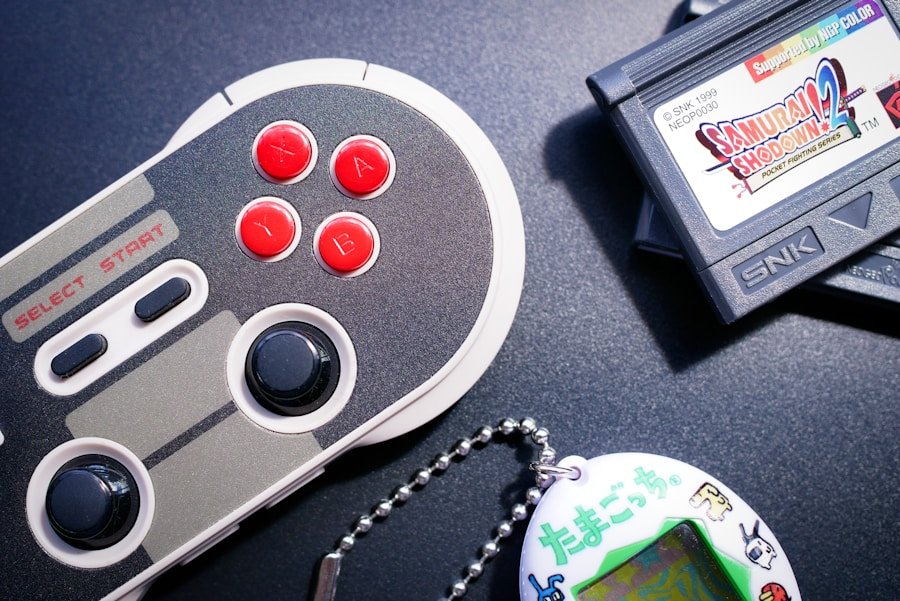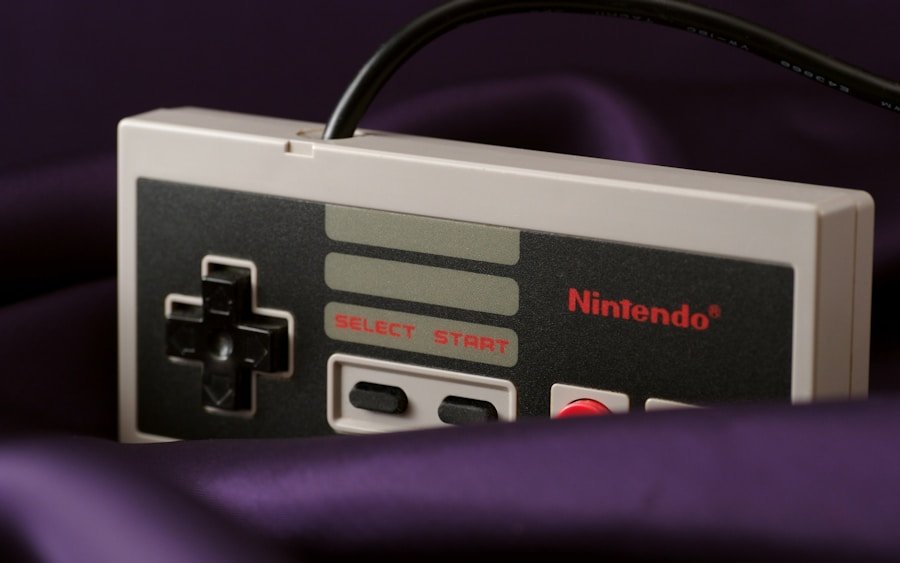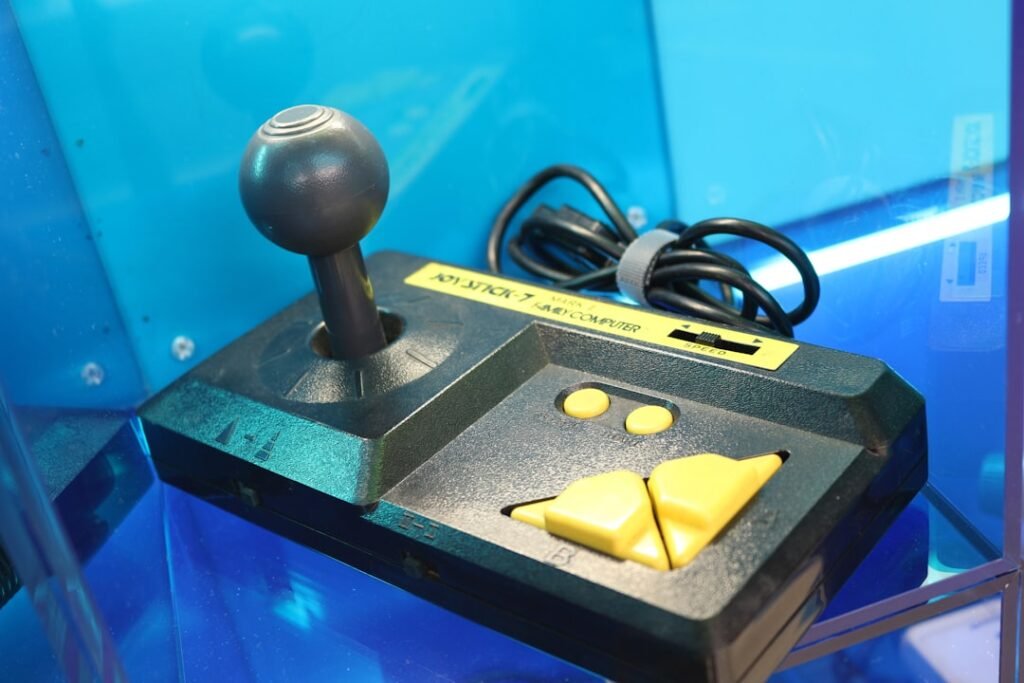Now Reading: SNES vs Genesis: Which Console Holds Up Better?
-
01
SNES vs Genesis: Which Console Holds Up Better?
SNES vs Genesis: Which Console Holds Up Better?

As a child of the 90s, I have vivid memories of the fierce rivalry between two gaming giants: the Super Nintendo Entertainment System (SNES) and the Sega Genesis. These two consoles not only defined a generation of gaming but also laid the groundwork for the future of interactive entertainment. Released in the early 1990s, the SNES and Genesis each brought unique features and innovations to the table, captivating millions of players around the world.
The SNES, developed by Nintendo, was known for its vibrant graphics and family-friendly titles, while Sega’s Genesis offered a more edgy and diverse gaming experience. This article delves into the various aspects of these two iconic consoles, exploring their graphics, sound quality, game libraries, controller designs, hardware reliability, online capabilities, pricing, and their overall legacy in the gaming industry. The competition between the SNES and Genesis was not just about hardware specifications; it was a cultural phenomenon that influenced how games were developed and marketed.
Each console had its loyal fan base, and debates over which system was superior were common among friends and in schoolyards.
This rivalry pushed both companies to innovate and improve their offerings, ultimately benefiting gamers like myself.
As I reflect on this era, I realize how these two consoles shaped my childhood and the gaming landscape as a whole.
Key Takeaways
- The SNES and Genesis were two of the most popular gaming consoles of the 16-bit era, known for their iconic games and fierce competition.
- The SNES was praised for its vibrant colors and detailed sprites, while the Genesis was known for its distinctive sound capabilities and fast-paced action games.
- The SNES boasted a strong lineup of first-party titles like Super Mario World and The Legend of Zelda, while the Genesis had a reputation for edgier games like Sonic the Hedgehog and Streets of Rage.
- The SNES controller was praised for its ergonomic design and comfortable feel, while the Genesis controller was known for its unique three-button layout and sturdy build.
- Both consoles had their share of hardware issues, but the SNES is generally considered to have a longer lifespan and better reliability compared to the Genesis.
Graphics and Sound Quality Comparison
Immersive Worlds
Titles like “Super Mario World” and “The Legend of Zelda: A Link to the Past” showcased the console’s ability to create immersive worlds filled with vibrant colors and intricate designs. I often found myself lost in these beautifully crafted environments, marveling at the artistry that went into each game.
A Different Kind of Charm
On the other hand, the Genesis had its own unique charm. While it may not have matched the SNES in terms of color depth, it excelled in speed and fluidity. The Genesis was capable of delivering fast-paced action that made games like “Sonic the Hedgehog” feel exhilarating. The graphics had a distinct style that appealed to a different audience, often featuring darker tones and a more mature aesthetic.
The Sound of Nostalgia
The sound quality also played a significant role in defining each console’s identity. The SNES boasted an impressive sound chip that allowed for rich musical compositions, enhancing the emotional impact of its games. In contrast, the Genesis utilized FM synthesis, which produced catchy tunes that became iconic in their own right. I can still hear the catchy melodies from both consoles echoing in my mind, each evoking nostalgia for countless hours spent gaming.
Game Library and Exclusive Titles

One of the most significant factors that influenced my preference for either console was their game libraries. The SNES had an extensive collection of titles that catered to a wide range of players. Nintendo’s first-party games were particularly noteworthy; classics like “Super Mario Kart,” “Donkey Kong Country,” and “Final Fantasy III” became instant hits and are still celebrated today.
The depth of storytelling and gameplay mechanics in these titles set a high standard for future games. I remember spending countless weekends playing through these adventures with friends, each game offering something new and exciting. Conversely, the Genesis carved out its niche with a library that appealed to a more diverse audience.
Sega’s focus on sports games, action titles, and arcade ports attracted players looking for something different. Iconic franchises like “Mortal Kombat,” “Streets of Rage,” and “Phantasy Star” showcased the console’s ability to deliver thrilling experiences that resonated with gamers seeking intensity and excitement. The Genesis also had a reputation for being more mature than its Nintendo counterpart, which attracted older players like myself who were looking for something beyond family-friendly fare.
The exclusivity of certain titles further fueled the rivalry; each console had its must-play games that defined its identity.
Controller Design and Comfort
The design of a console’s controller can significantly impact the gaming experience, and both the SNES and Genesis offered unique approaches to this aspect. The SNES controller was ergonomically designed with rounded edges that fit comfortably in my hands. Its layout featured a simple button configuration with four face buttons, two shoulder buttons, and a directional pad that made navigating through menus and executing complex moves in games feel intuitive.
I appreciated how responsive the buttons were, allowing for precise control during intense gaming sessions. In contrast, the Genesis controller had a more angular design that some found less comfortable but offered its own advantages. With three main buttons on the face and a directional pad, it provided a straightforward layout that was easy to grasp.
The addition of a six-button controller later on expanded its capabilities for fighting games, allowing for more complex combinations without needing to fumble around with button presses. While I sometimes found the Genesis controller less comfortable for extended play sessions compared to the SNES, it still had its merits, especially for specific genres like fighting games where quick reflexes were essential.
Hardware Reliability and Longevity
When considering hardware reliability, both consoles had their strengths but also faced challenges over time. The SNES was known for its durability; many units from its original release are still functional today.
This reliability contributed to its lasting appeal among gamers who valued longevity in their investments. The Genesis, while generally reliable, did have some reported issues with certain models over time. Some users experienced problems with cartridge connections or power supply failures, which could be frustrating during critical gaming moments.
However, Sega’s commitment to improving their hardware led to several revisions that addressed these concerns. Despite these challenges, I found that both consoles held up well over time compared to other systems from that era, allowing me to revisit my favorite games long after their initial release.
Online and Multiplayer Capabilities

Local Multiplayer on the SNES
The SNES supported local multiplayer through various titles like “Super Mario Kart” and “Street Fighter II,” fostering friendly competition among friends gathered around one screen.
Multiplayer on the Genesis
The Genesis also embraced multiplayer gaming with titles such as “Madden NFL” and “Golden Axe.” The ability to connect multiple controllers allowed for exciting gaming sessions with friends or family members.
Laying the Groundwork
While neither console had online capabilities in the way we understand them today, they laid the groundwork for future systems by emphasizing social interaction through local multiplayer experiences. I fondly remember hosting gaming nights where we would gather around our respective consoles, sharing laughter and friendly rivalry as we battled it out in our favorite games.
Price and Value Comparison
When considering price points during their respective releases, both consoles offered value for money but targeted different demographics. The SNES was priced higher at launch compared to the Genesis, reflecting its advanced technology and extensive library of first-party titles. For many families like mine, investing in an SNES meant access to some of the best games available at the time—games that would provide hours of entertainment for years to come.
The Genesis positioned itself as a more affordable alternative without sacrificing quality or gameplay experiences. Its lower price point made it an attractive option for budget-conscious gamers who still wanted access to exciting titles. Over time, as both consoles aged, prices fluctuated based on demand and availability in the market.
I often found myself weighing my options between purchasing new games or saving up for accessories or additional titles—decisions that shaped my gaming journey.
Overall Legacy and Impact on Gaming Industry
The legacy of both the SNES and Genesis extends far beyond their initial releases; they fundamentally changed how we view video games today. The SNES is often credited with popularizing role-playing games (RPGs) in North America through titles like “Chrono Trigger” and “Final Fantasy
Meanwhile, the Genesis played a crucial role in establishing Sega as a formidable competitor in the gaming market. Its focus on speed and action-oriented gameplay resonated with players looking for something different from Nintendo’s offerings. The success of franchises like “Sonic the Hedgehog” not only solidified Sega’s place in gaming history but also inspired future generations of developers to push boundaries in game design.
In conclusion, both the SNES and Genesis left indelible marks on the gaming industry through their innovative features, memorable game libraries, and cultural impact. As I reflect on my experiences with these consoles, I realize how they shaped my love for gaming and influenced countless others around me. Their legacies continue to be celebrated today as we look back on an era that defined what video games could be—an era filled with creativity, competition, and unforgettable memories.
If you’re interested in exploring more about the gaming industry, controversies, and scandals, check out this article

















